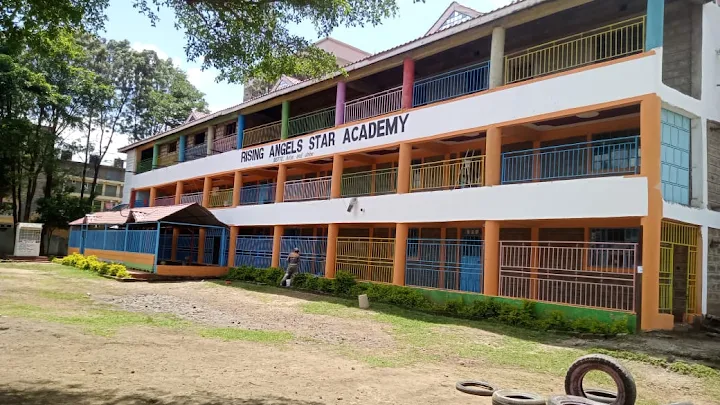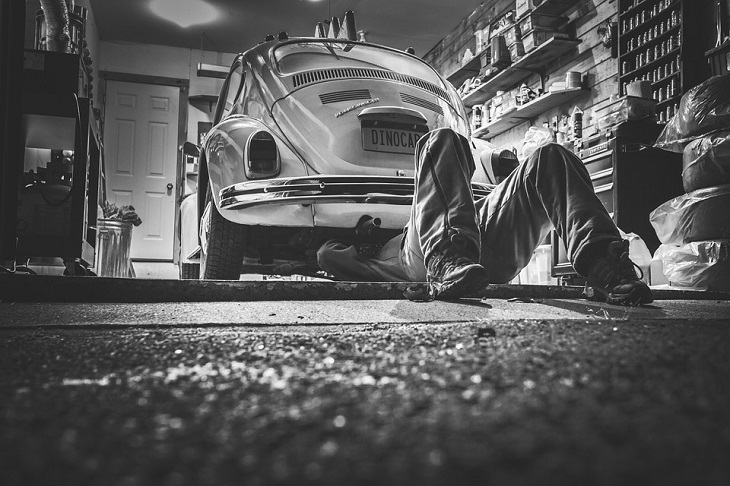A bold new education initiative is bringing hope to children in Kenya. Nairobi’s informal settlements are home to thousands of children who attend smaller private schools, often the only educational option available.
With the high cost of land making it impossible for these low-cost schools to own property, their only option is to take short-term leases on the land they occupy. However, once the leases expire, many face the constant threat of eviction, forcing them to leave behind their greatest assets-classrooms, toilets, water tanks, and years of hard-earned infrastructure.
In response, the EJ Rihoy Charitable Trust, in collaboration with Kenya-based Untamed Architecture and the community-led non-profit Earth Angels Welfare have launched the Mobile Classroom Unit, a portable, modular, low-cost classroom that can be assembled in under eight hours. At a later stage, if required, the classroom can be disassembled in an easily transportable form in approximately ten hours.
For many students, schools provide more than just education- they offer consistency, safety, and possibly their only reliable meals. When these schools are displaced, it is not just the classroom space that is lost but also the vital support networks that children depend on. That’s where community-rooted partnerships with organizations like the Earth Angels Welfare come in.
Founded in 2015, Earth Angels Welfare is a women-led initiative based in Nairobi that supports some of the most vulnerable children, including those who are abandoned, disabled, orphaned, or living in extreme poverty.
Georgia Fernandes, a Kenyan designer and student at Columbia University in New York, founded Untamed Architecture. She spearheaded the design of the Mobile Classroom Unit on a pro bono basis. “Earth Angels Welfare built this school, and I have been lucky to have been a part of this venture since I was 13. So, when asked to come up with a solution, I wanted to create something that if the children had to move, their schools could too.”
The classroom is more than just quick to build – it is a holistic, multifunctional space. The units feature color-coded panels each with a unique purpose, the quantities of each that are then configured to make classrooms of any size. Furthermore, in addition to being affordable and portable, the Mobile Classroom Unit incorporates innovative features to enhance comfort and functionality, eg:
- Rainwater collection system for sustainable water use
- Temperature regulation and cooling for a more comfortable learning environment
- Elevated design to prevent flooding and deter pests
- Multi-purpose spaces using foldable tables and benches, allowing the structure to serve as:
- A food distribution center
- A community gathering space
- A tailoring workshop for local women
Future prototypes have the potential of replacing the steel sheets with panels made of a composite of adhesive and chippings of invasive species like lantana and water hyacinth to create sustainable panels-turning environmental threats into construction resources.
Built at a fraction of the cost of traditional schools (KES 289,000 or approximately $ 2,300 per unit), the initiative is 80% more affordable, with savings redirected toward educational resources like teacher salaries and books.
“It’s a win-win,” says Fernandes. “We’re reducing environmental waste, empowering communities, and keeping children in school.”
What sets this project apart is its community-first approach. Local youth- many of whom never had the chance to complete school- are brought into the construction or dismantling process.
The classroom rollout comes as Nairobi County races to fill a widening gap in school infrastructure. In 2024, Governor Johnson Sakaja announced plans to build 5,000 classrooms, underscoring a desperate need for scalable, cost-effective solutions. The Mobile Classroom Unit may be just that- a replicable, dignified model that puts children first.
“This is about more than just education,” Fernandes reflects. “This is about preserving safe spaces for children and uplifting community heroes like Ruth Adhiambho- the headmistress of St Stevens school in Githogoro – where the first prototype was installed, who sacrificed her own savings to keep kids in school. This project shows what’s possible when design and compassion meet.”
As Kenya grapples with educational inequality, ecological strain, and youth unemployment, the Mobile Classroom Unit offers a new kind of architecture- one built for movement, resilience, and hope.
Related Content: Education, Electricity And Groceries Are The Leading Expenses In Kenyan Households













